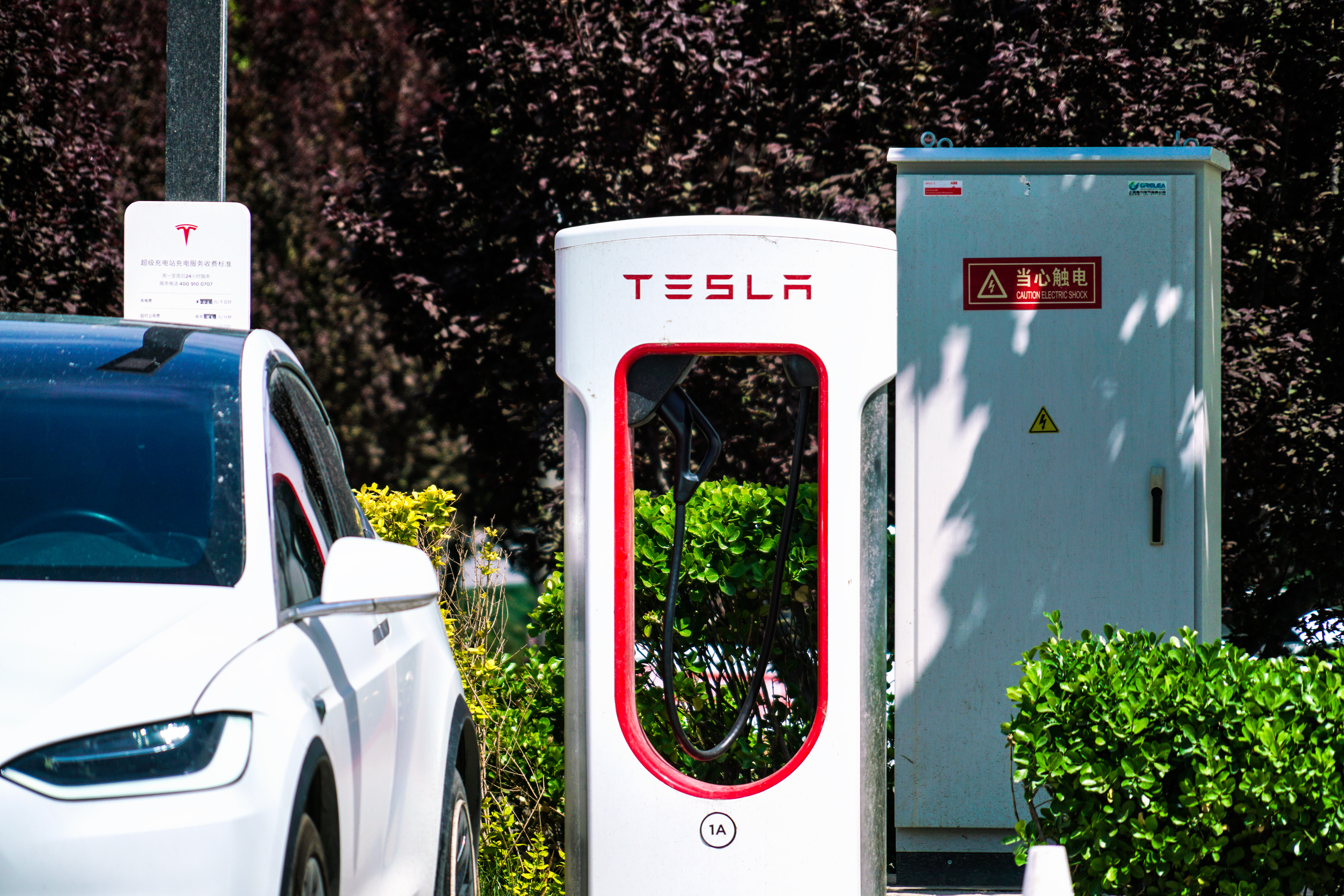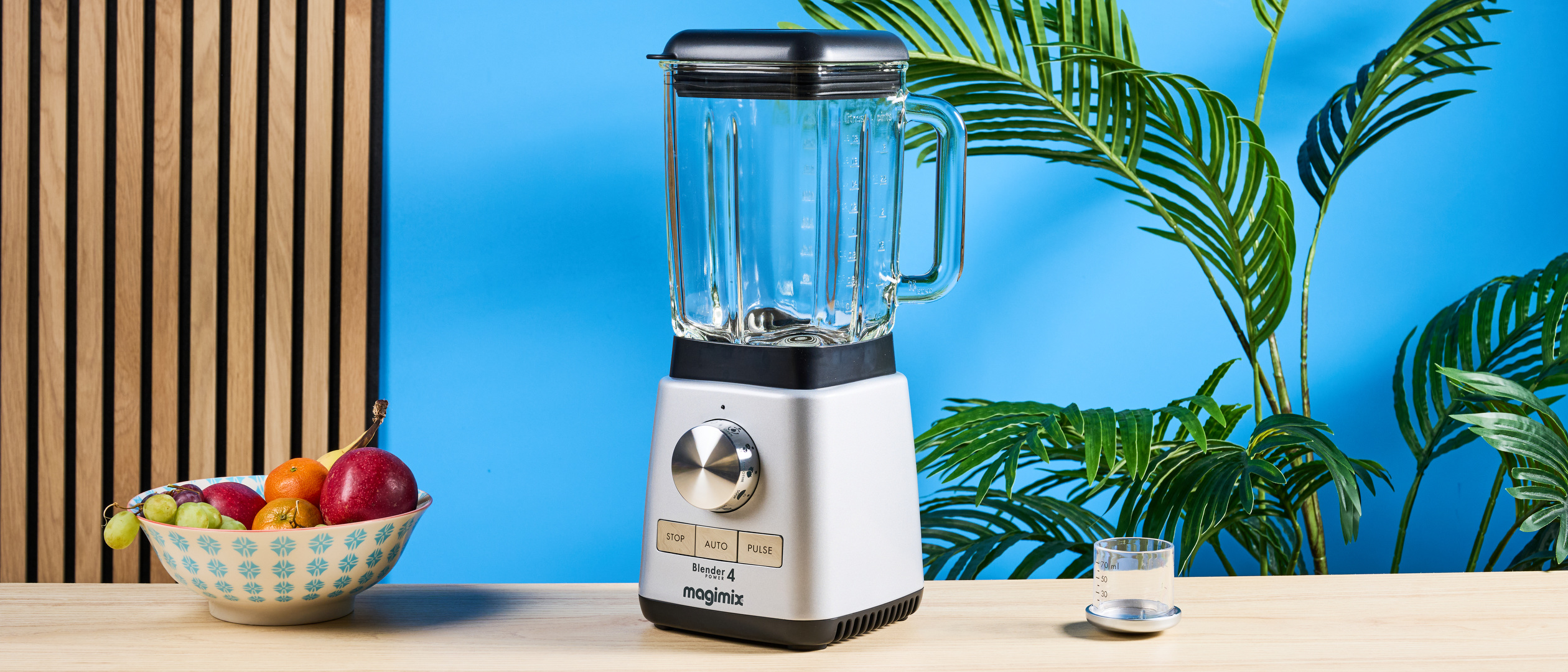Tesla is letting non-Tesla electric cars use Superchargers — here’s how
Non-Tesla Supercharging is now available in the Netherlands

Elon Musk promised it would happen, and it has. It’s now possible to recharge a non-Tesla car at one of the superfast Tesla Superchargers. But only if you have access to 10 specific Supercharging stations in the Netherlands.
This is a pilot scheme, designed to monitor Supercharging sites for congestion and garnering customer feedback. While it makes little difference to existing Tesla owners, this is a big deal for EV owners everywhere.
- What is a Tesla Supercharger? Everything you need to know
- How long does it take to charge an electric car?
Tesla claims that it’s “always been [its] ambition to open the Supercharger network to Non-Tesla EVs, and by doing so, encourage more drivers to go electric”. Apparently this is all tied into the automakers goal of helping the world transition to more sustainable energy.
Plus having more Supercharger customers, by Tesla's own admission, means Tesla can expand the network a lot faster.
How to charge a non-Tesla at a Tesla Supercharger
For Tesla owners, Supercharging is as easy as driving up to a free charging point and plugging their car in. Since each Tesla is tied to a specific account, the Supercharger automatically knows who is paying for the power without any input from an app — something a lot of charging networks rely on, with mixed results.
Unfortunately, that’s not the case for non-Tesla drivers, who will need to download the latest version of the Tesla app (version 4.2.3 or higher) and pick the ‘Charge Your Non-Telsa’ option. This will guide them to the nearest eligible Supercharger site.
Those sites are located in Sassenheim, Apeldoorn Oost, Meerkerk, Hengelo, Tilburg, Duiven, Breukelen, Naarden, Eemnes and Zwolle
Sign up to get the BEST of Tom's Guide direct to your inbox.
Get instant access to breaking news, the hottest reviews, great deals and helpful tips.
Drivers will have to add a payment method to their account first, and then select ‘Start Charging’ after plugging the car in. You have two minutes to start this process, confirming which Supercharger you're plugged into, or else the session will time out.
Though EV owners with any experience of public chargers will be familiar with this process. Almost all charging networks offer a similar experience, though we’d hope Tesla’s app is a little more stable than the software a lot of other networks often use.
The other point to note is that Non-Tesla owners will have to pay more to use Superchargers. This “reflects additional costs incurred to support charging a broad range of vehicles and adjustments to our sites to accommodate these vehicles”. Prices will vary from site to site, as well any idle fees you may incur.
Also, only Dutch drivers will be able to plug in and recharge, so anyone driving an EV over the border from Belgium or Germany will have to plug in elsewhere.
The future is Super(charged)
Being European, the pilot Superchargers have CCS charging cables. Since the majority of non-Tesla vehicles also use CCS, this isn’t a huge issue — though Nissan Leaf owners will miss out on account of the car's CHAdeMO rapid charging port.
However, since American Teslas use a proprietary charging port, it means non-Tesla owners will need to have an adapter should Non-Tesla charging ever come to the U.S. That is, unless Tesla decides to adopt CCS at home, and retrofit the appropriate chargers to existing Supercharger stations.
But Elon Musk has already committed to opening up Superchargers across the world, meaning it should only be a matter of time before this pilot expands beyond the initial 10 locations. Though, it’s not clear how long that rollout might take, especially since Tesla needs to ensure its own customers aren’t negatively impacted by this move.
It doesn’t matter how convenient the addition of new charging locations will be for non-Tesla drivers. The Supercharging network is a major bonus for anyone buying a Tesla, and their needs will always come first. That is especially true should the rumor that V3 Superchargers will soon offer up to 324kW speeds pans out.
With over 25,000 Superchargers across the world, more than 6,400 of which are in the United States alone, this is a huge step forward. Not only will it expand available rapid chargers for EV owners, it should give third party charging networks the kick they need to improve their own services.

Tom is the Tom's Guide's UK Phones Editor, tackling the latest smartphone news and vocally expressing his opinions about upcoming features or changes. It's long way from his days as editor of Gizmodo UK, when pretty much everything was on the table. He’s usually found trying to squeeze another giant Lego set onto the shelf, draining very large cups of coffee, or complaining about how terrible his Smart TV is.
